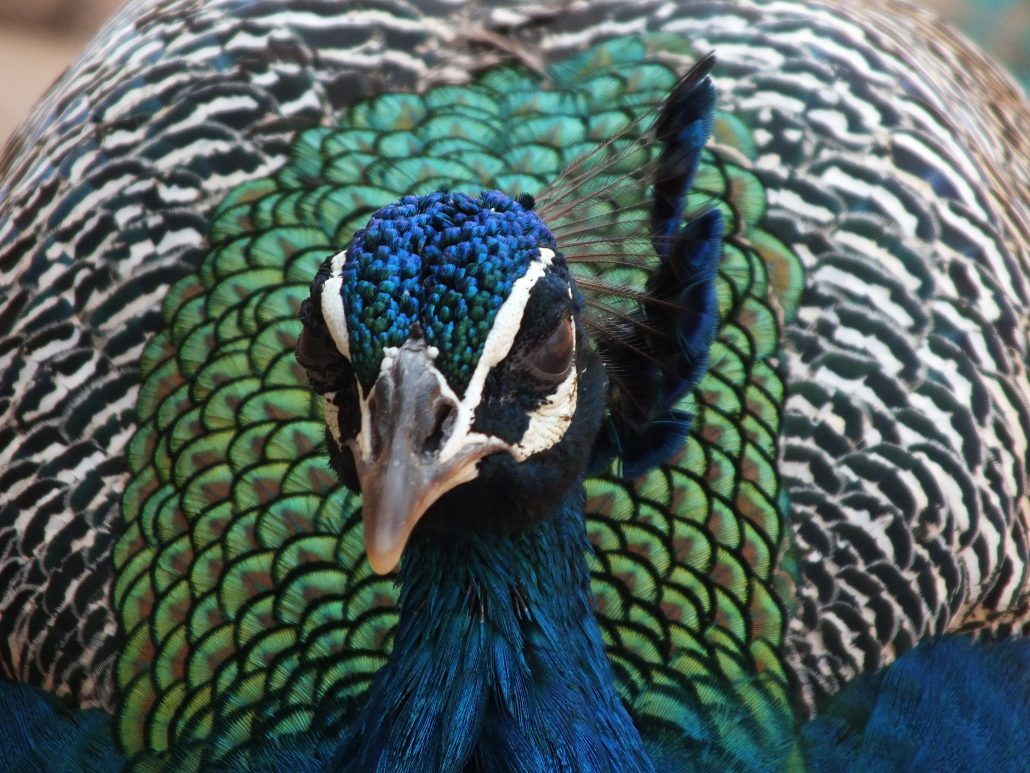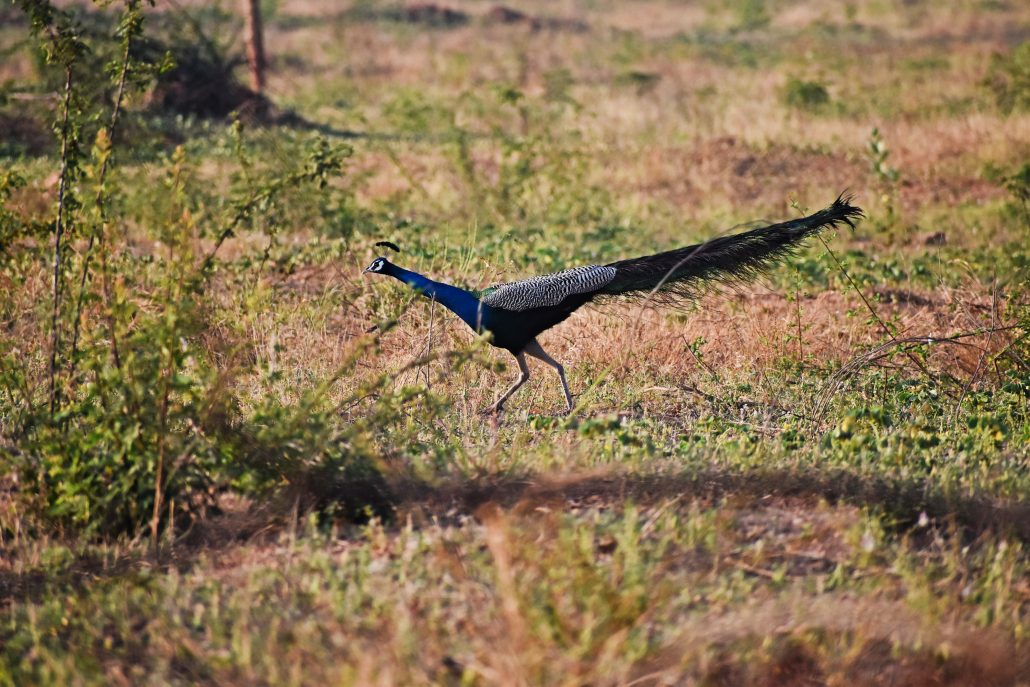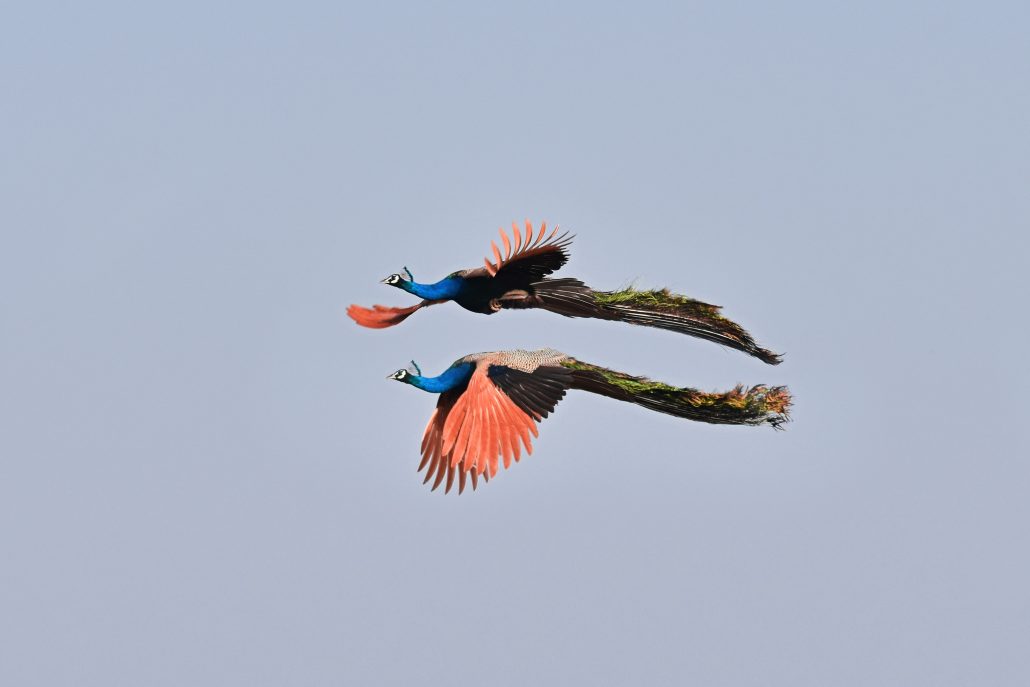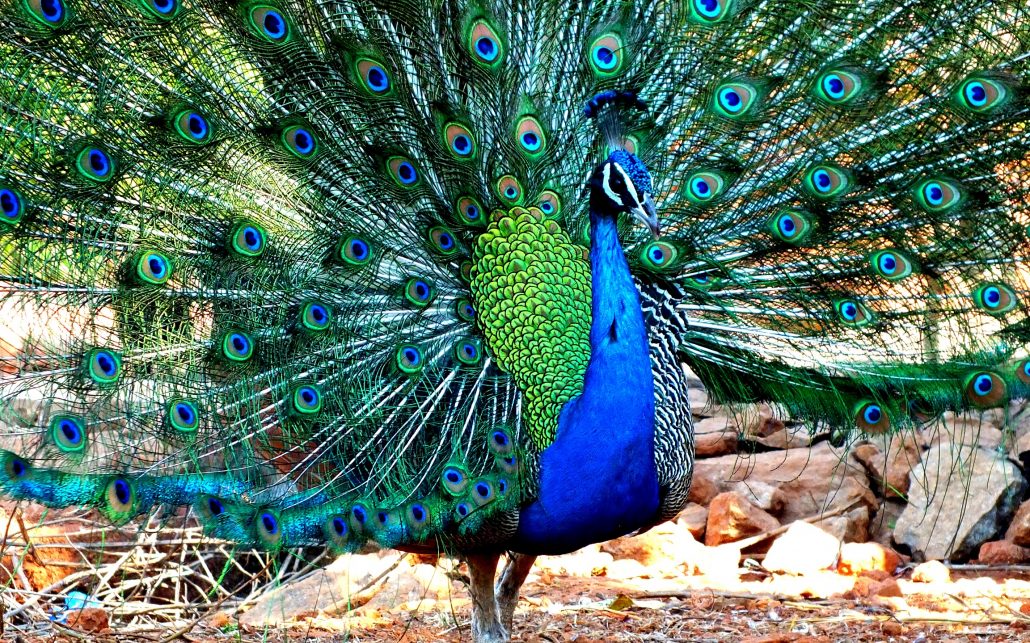Snapping My Dream Shot
By Shiva Kumar
My passion for photography grew to extreme levels when I moved to the forest. I knew right away that I wanted to live my life as a full-time nature photographer. Nature photography is an art, but it is also about education: An image graphically captures a decisive moment in time and helps explain the world in which we live. I want to tell a story with my pictures to help preserve the wonders of the natural world—I feel blessed by nature when I get my dream shots.
I captured one of my dream shots recently when I found an Indian peafowl (Pavo cristatus), the Indian National Bird, at Osman Sagar, a lake in the Indian city of Hyderabad. I was working during the golden hours—early morning around sunrise—and was wondering if I could capture a picture of the dawn. Then I saw the peafowl. I was mesmerized and captured this shot. The photograph tells a story of how a bird interacts with its natural surroundings. And shortly after that, nearly 150 of the birds settled at this sacred place!
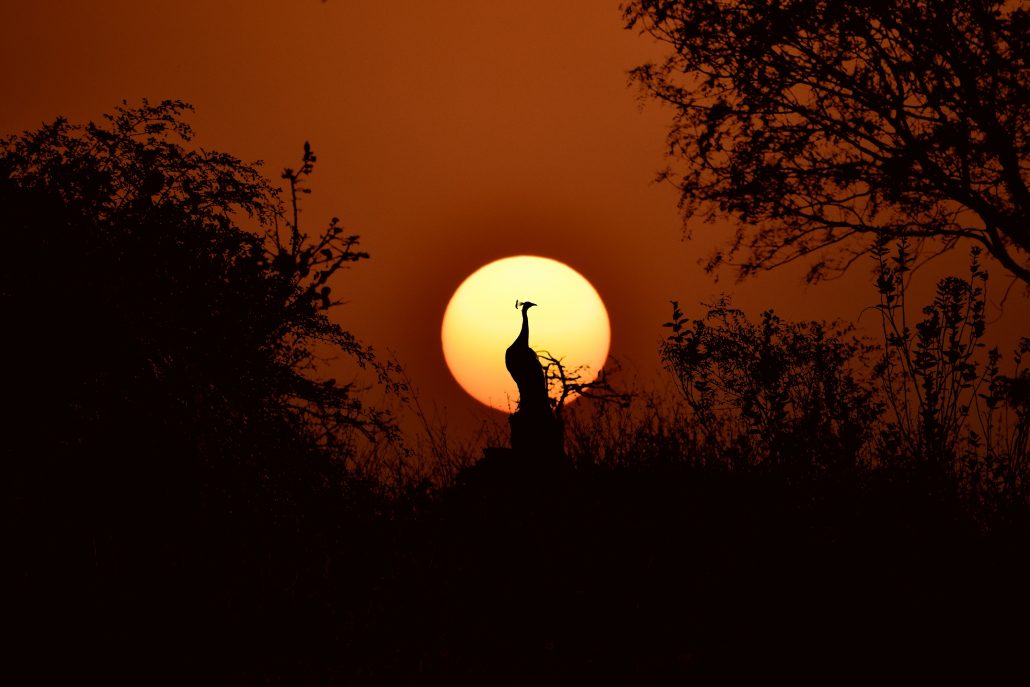
An Indian peafowl (Pavo cristatus) at Osman Sagar, a lake in Hyderabad, India, at sunrise.
(All photographs courtesy of Shiva Kumar)
Tips on Wildlife Photography
Knowing the habitat helps us understand the birds we see in them. Try and visit as many different habitats as you can. Forests, farmland, scrub, lakes, reed-beds, rivers, coasts—all have their own characteristic birds. The edges of fields, streams, and rivers are all excellent spots to see birds. The best time to see birds is sunrise to early morning, and then again in the mid and late afternoons; birds tend to rest during the day.
At places like lakes, we can observe birds throughout the day. While it is possible to watch birds at any time and any place, it is helpful to know when and where to look. When I shot the peafowl, most of the bird activity occurred in the opening and the edge of the forest near human habitation. Most of the species in the area were either insectivores or omnivores feeding mainly on the ground in open patches. The birds preferred the forest edge, which provided them with mixed habitats, open spaces to feed in, and suitable perching points to capture the aerial prey.
When we think of bird photography, we think of tight-cropped, detailed pictures of birds. However, using silhouettes in wildlife photography can provide beautiful and artistic photos. Bird photos created using silhouette photography techniques can produce stunning images, especially at sunrise or sunset.
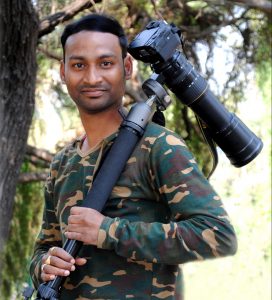
Shiva Kumar is a professional wildlife photographer & Wikipedian from India. He uses innovation and technology to achieve fresh perspectives in his work and is passionate about wildlife conservation. You can follow Shiva on Facebook, Instagram, and Twitter.

